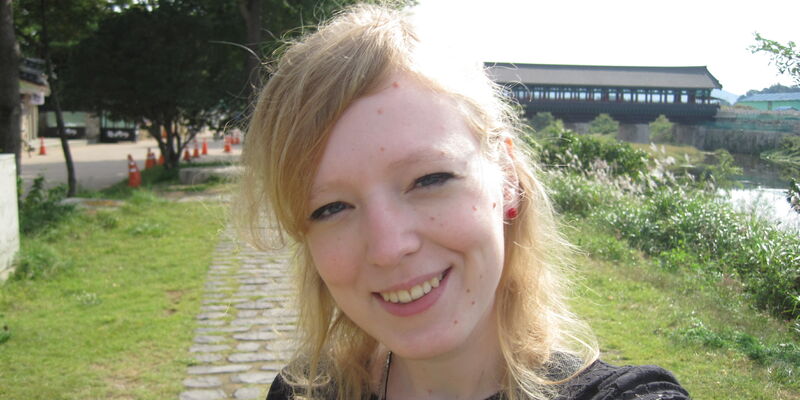
- Student
- 03/11/2015
And how are things in Ulsan?
In light of my master’s program Human-Technology Interaction, I was allowed to go abroad for six months, and I knew from the start I wanted to visit Asia; Japan and South Korea had always been high on my list. However, to actually go to South Korea seemed surreal until the day of my departure. And today I still look around every now and then, unable to grasp I am actually not in the Netherlands.
When I told people I was going to South Korea, it turned out many people didn't know the country very well. They were worried about my safety, especially since many people only knew stories about North Korea. I, on the other hand, had been swept away by the Hallyu wave (the increasing popularity of South Korea) a few years ago. I had high expectations and was especially looking forward to the Noreabang (karaoke rooms) and the PC bang (game rooms).
Korea's nature and many temples make it a beautiful country, and with 25 degrees in mid-October I can't really complain about the weather, either. There are a few cultural rules one has to follow. But fortunately, as a waeguk (foreigner), you’re forgiven for many mistakes. Communication is sometimes a little difficult, but nodding, pointing, and a gomabseubnida (thank you) every now and then go a long way.
The campus of my university, the Ulsan National Institute of Science and Technology (UNIST), consists of a number of faculties built around a lake. We also have a student union building (filled with restaurants and student clubs) and a four-story library (in which I am right now).
The campus is still quite young: the university was founded in 2007 and has opened in 2009, but it is growing fast and has impressive ambitions. Since this year, UNIST is one four government-funded research institutes in South Korea. The university aims to be among the world’s top ten of science and technology universities by 2030, and they are determined to reach that goal.
More information about my stay: www.facebook.com/Zwoppie.
Discussion